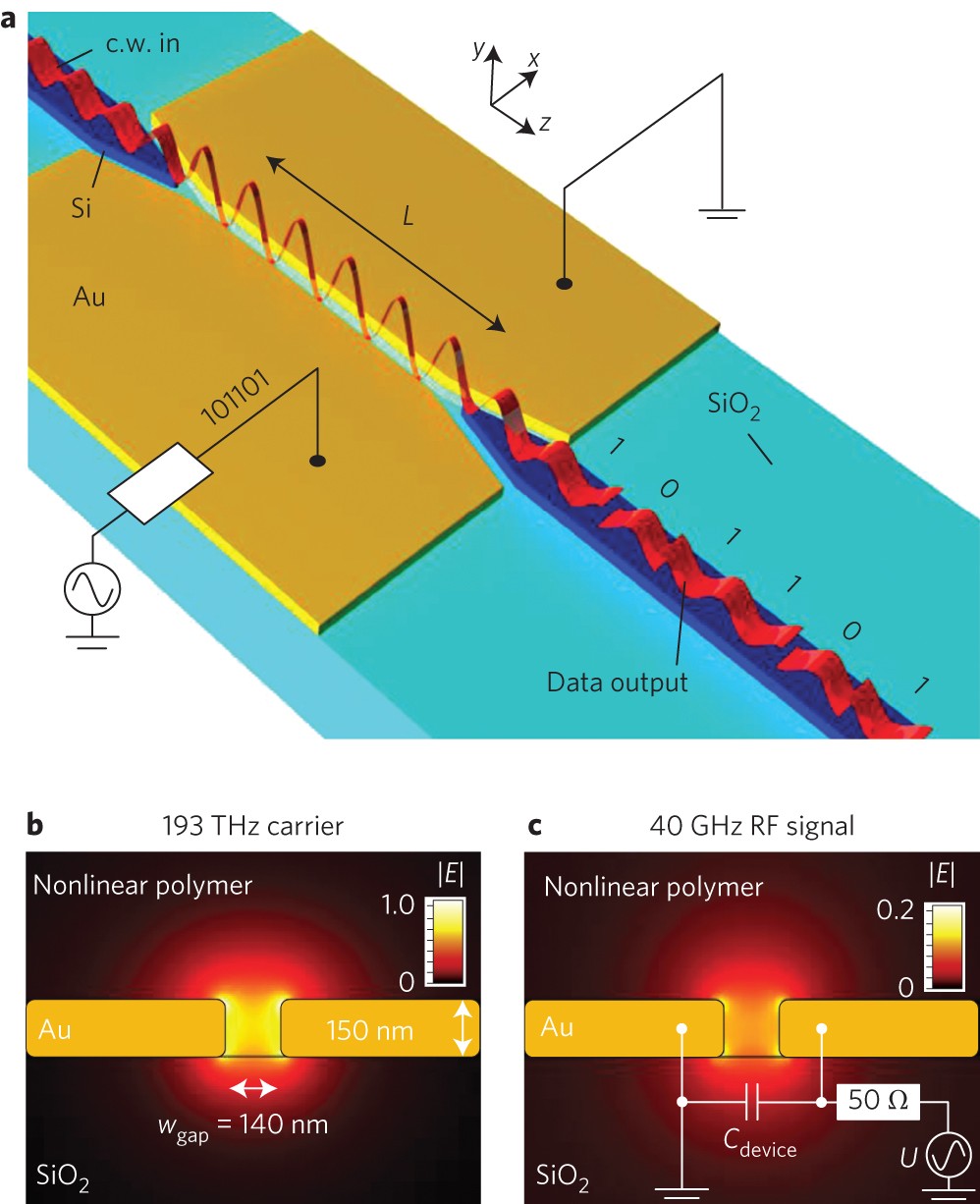Contents

Source: QUBIG GmbH
Understanding Phase Modulators in Optics
Introduction to Phase Modulators
Phase modulators are essential tools in optics, used primarily to control the phase of a laser beam. They are pivotal in various applications, ranging from telecommunications to scientific research. This article delves into the different types of phase modulators, their properties, and their applications.
Types of Phase Modulators
Phase modulators come in several forms, each leveraging different physical principles to achieve phase modulation:
- Electro-optic modulators: These are based on Pockels cells and are widely used due to their ability to achieve high modulation speeds.
- Liquid crystal modulators: These utilize liquid crystals to modulate the phase, offering advantages in specific applications requiring lower modulation speeds.
- Thermal modulators: These exploit changes in the refractive index or the physical length of optical fibers due to temperature variations.
- Mechanical modulators: These involve the physical stretching of materials to induce phase changes.
Key Properties of Phase Modulators
The effectiveness of a phase modulator is determined by several key properties:
- Phase Modulation Capacity: This determines the modulation index and the relative power in optical sidebands.
- Drive Voltage: The voltage required to operate the modulator, which can vary significantly between types.
- Modulation Bandwidth: The range of frequencies over which the modulator can operate. Electro-optic modulators can reach several gigahertz, while others may have lower bandwidths.
- Optical Bandwidth: The range of optical frequencies over which the device is effective.
- Device Aperture: The size of the beam that can pass through the modulator without distortion.
- Physical Dimensions: The overall size of the device, which can be a critical factor in system design.
Spatial Control in Phase Modulators
Some advanced phase modulators offer spatial control, allowing for phase changes across different regions of the beam. These are crucial in adaptive optics, where precise control over the wavefront is necessary. Devices capable of this are often referred to as spatial light modulators or wavefront modulators.
Applications of Phase Modulators
Phase modulators are utilized in a variety of fields, including:
- Telecommunications: For controlling signal phases in fiber optic communication systems.
- Scientific Research: In experiments requiring precise phase control, such as interferometry.
- Laser Systems: For stabilizing and controlling laser outputs in various industrial applications.

Source: Nature
Feel free to comment your thoughts.



